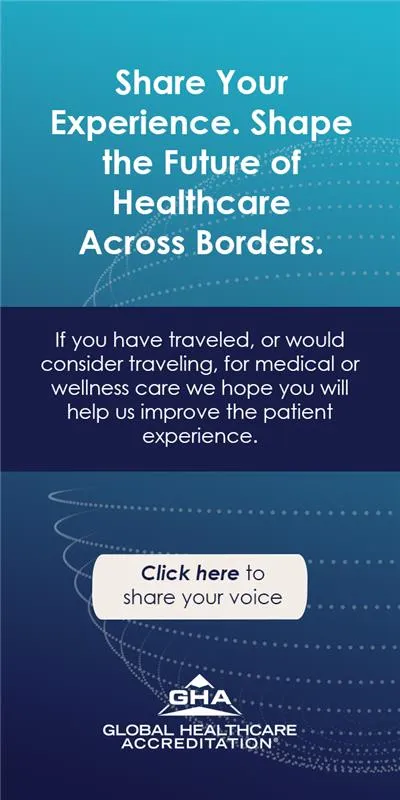Corneal cross-linking (CXL) is an advanced, minimally invasive treatment designed to strengthen the cornea and halt the progression of keratoconus and other corneal disorders. This procedure uses ultraviolet (UV) light and riboflavin (vitamin B2) to increase collagen fiber bonds in the cornea, stabilizing its structure and preventing further deterioration.
While standard CXL procedures have been widely adopted, complex corneal cross-linking techniques have emerged to cater to patients with severe corneal irregularities or those requiring customized treatments. Leading expert centers worldwide offer state-of-the-art solutions, integrating the latest research, cutting-edge technology, and personalized approaches to ensure optimal results.
Types of Corneal Cross-Linking Procedures
Expert centers specializing in CXL procedures offer various advanced techniques tailored to different patient needs. Some of the most prominent types include:
1. Epithelium-Off (Epi-Off) Cross-Linking
This traditional method involves removing the outermost layer of the cornea (epithelium) before applying riboflavin and UV light. This approach allows deeper penetration of the treatment, leading to stronger corneal stiffening.
2. Epithelium-On (Epi-On) Cross-Linking
A more recent advancement, this technique keeps the epithelium intact, reducing discomfort and recovery time. While it is less invasive, the efficacy may vary based on the patient’s condition.
3. Accelerated Cross-Linking
Utilizing higher-intensity UV light for a shorter duration, this technique reduces procedure time while maintaining similar effectiveness to conventional CXL.
4. Customized or Topography-Guided Cross-Linking
This personalized approach adjusts the cross-linking treatment based on the patient’s unique corneal topography, targeting weaker areas of the cornea for enhanced stability.
5. Pulsed Light Cross-Linking
Instead of continuous UV exposure, this method uses pulsed light, allowing better oxygenation and improved treatment efficacy.
6. Cross-Linking Combined with Other Procedures
In some cases, corneal cross-linking is performed alongside other vision correction techniques, such as photorefractive keratectomy (PRK) or intracorneal ring segments (ICRS), to enhance visual outcomes.
Who Can Benefit from Complex Corneal Cross-Linking?
Patients who may require advanced cross-linking procedures typically include:
- Individuals with progressive keratoconus or corneal ectasia after LASIK surgery.
- Patients with thin corneas who do not qualify for standard CXL.
- Those seeking combination treatments for both stabilization and visual improvement.
- Cases where customized topography-guided CXL can provide better outcomes.
Global Expertise in Complex Corneal Cross-Linking
Specialized centers around the world are leading advancements in corneal cross-linking. These expert centers focus on:
- Innovation in Techniques: Continuous improvements in UV delivery systems, customized treatment parameters, and safer methods.
- Cutting-Edge Equipment: The use of advanced imaging technologies, including Scheimpflug tomography and optical coherence tomography (OCT), for precise treatment planning.
- Highly Trained Specialists: Experienced corneal surgeons and ophthalmologists specializing in cross-linking ensure optimal patient care.
- Personalized Treatment Approaches: Individualized treatment protocols that cater to each patient's unique corneal structure and progression rate.
Many patients opt for medical tourism when seeking complex CXL procedures due to the availability of advanced technology, experienced specialists, and competitive costs. Countries with renowned eye care centers offer world-class facilities that adhere to international safety standards.
Risks and Considerations of Complex Corneal Cross-Linking
Although corneal cross-linking is considered a safe procedure, expert centers emphasize patient education on potential risks, which may include:
- Temporary Vision Changes: Some patients experience blurriness or light sensitivity during recovery.
- Delayed Healing: In epithelium-off CXL, healing takes longer and may lead to temporary discomfort.
- Infection or Corneal Haze: Rare but possible complications that require prompt medical attention.
- Ineffectiveness in Advanced Cases: If keratoconus is too severe, cross-linking alone may not be sufficient, necessitating corneal transplantation.
To minimize risks, expert centers conduct thorough pre-operative assessments, use state-of-the-art protocols, and offer post-treatment monitoring to ensure the best patient outcomes.
How to Choose the Right Expert Center for Complex Corneal Cross-Linking
Selecting the right center for corneal cross-linking is crucial for successful treatment. Here are key factors to consider:
1. Expertise and Accreditation
Ensure that the center is recognized for its excellence in ophthalmology and has specialists with extensive experience in CXL procedures.
2. Advanced Technology and Techniques
The best centers invest in the latest cross-linking technologies, ensuring precise treatment delivery and enhanced safety.
3. Patient-Centric Approach
A top-tier center should offer customized treatment plans, detailed pre-operative evaluations, and comprehensive post-operative care.
4. International Patient Services
For those traveling for treatment, centers with medical tourism support provide seamless patient experiences, including translation services, travel assistance, and accommodation arrangements.
5. Success Rates and Patient Reviews
Look for centers with high success rates and positive patient testimonials to gauge the quality of care provided.
Complex corneal cross-linking is a transformative procedure that has revolutionized the management of keratoconus and corneal ectasia. Expert centers specializing in advanced CXL techniques provide patients with state-of-the-art treatments, highly skilled specialists, and comprehensive care to ensure the best possible outcomes.
With innovations like customized cross-linking, accelerated procedures, and topography-guided treatments, patients now have access to more effective and safer solutions than ever before. By selecting a reputable expert center, individuals can receive high-quality care, personalized treatment, and improved long-term vision stability—whether at home or abroad.
For those considering corneal cross-linking, thorough research, understanding available techniques, and choosing a trusted provider are essential steps toward better vision and improved eye health.
If you're considering this treatment, Better by MTA is here to help. Through our exclusive partnership with Mastercard, we connect you to trusted hospitals and doctors worldwide, ensuring price transparency and secure, flexible payment options. Whether you're looking to use a credit card, bank transfer, or explore upcoming patient financing options, we make your medical journey seamless and worry-free.
Get started today and book confidently without hidden fees or financial risks. Click the link below to request a free quote: https://www.better.medicaltourism.com/get-a-quote













